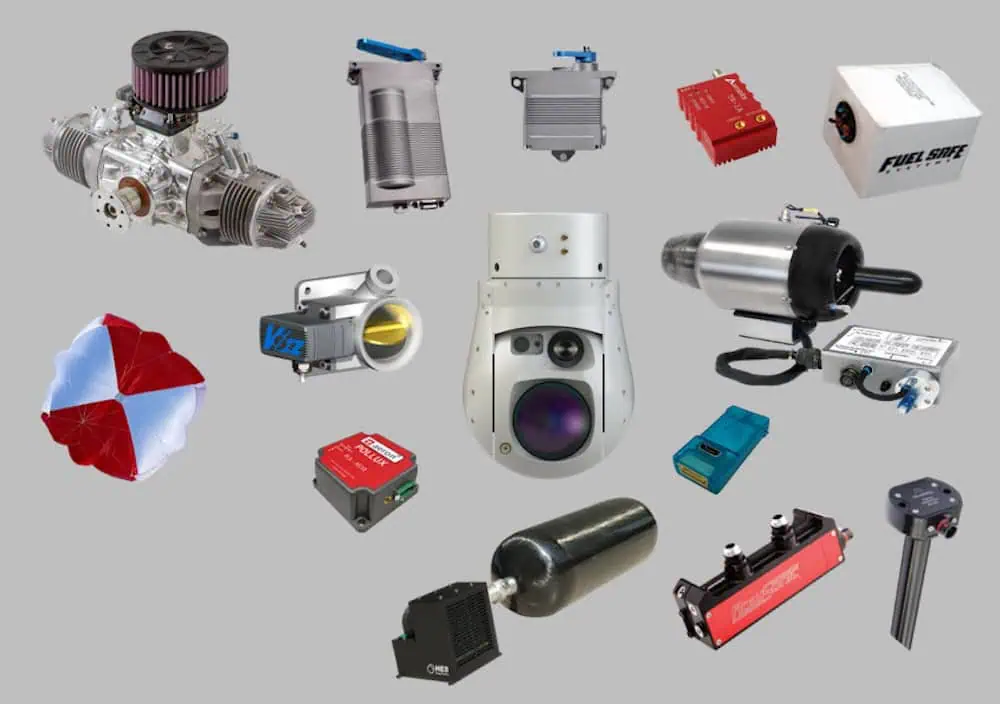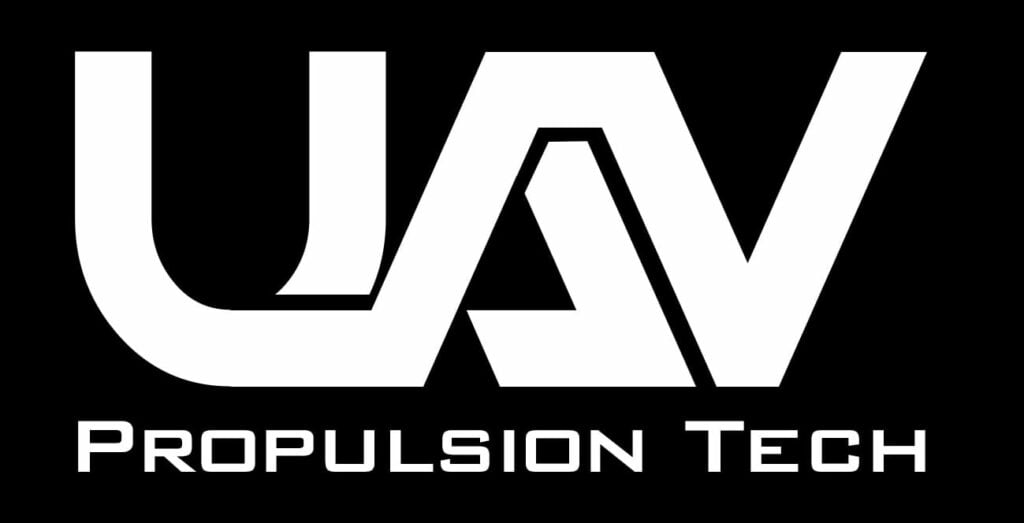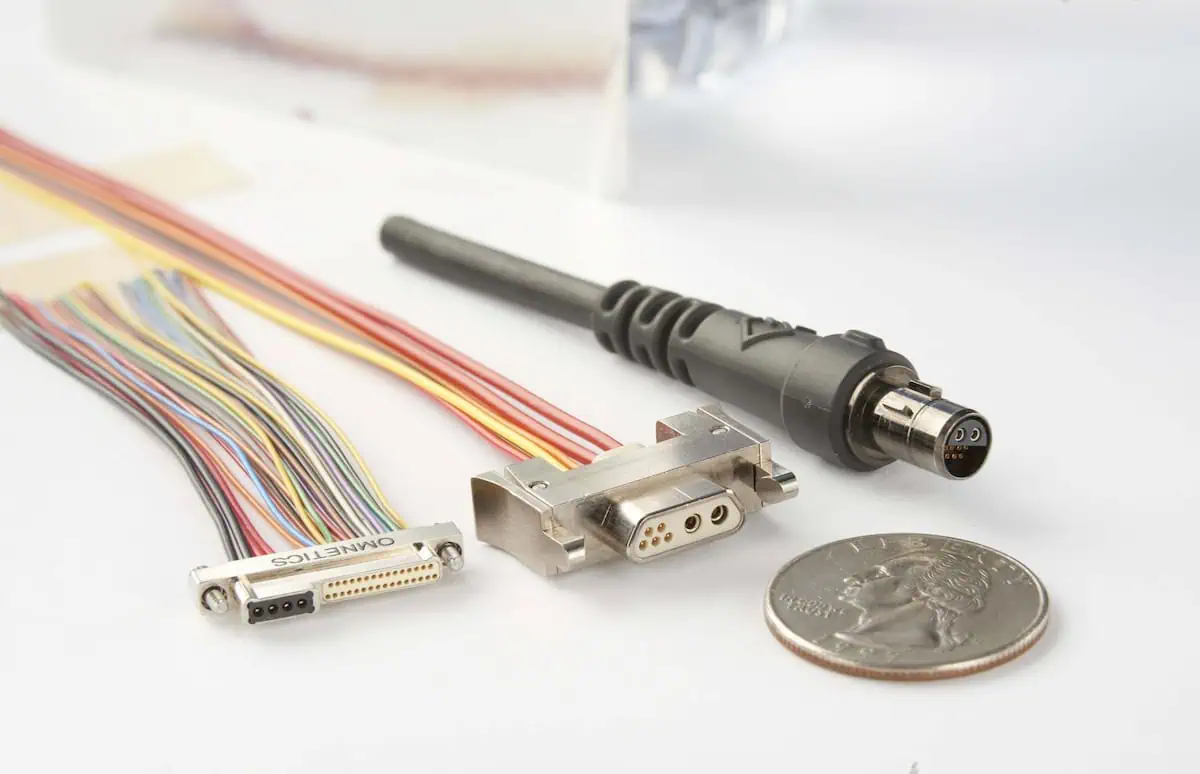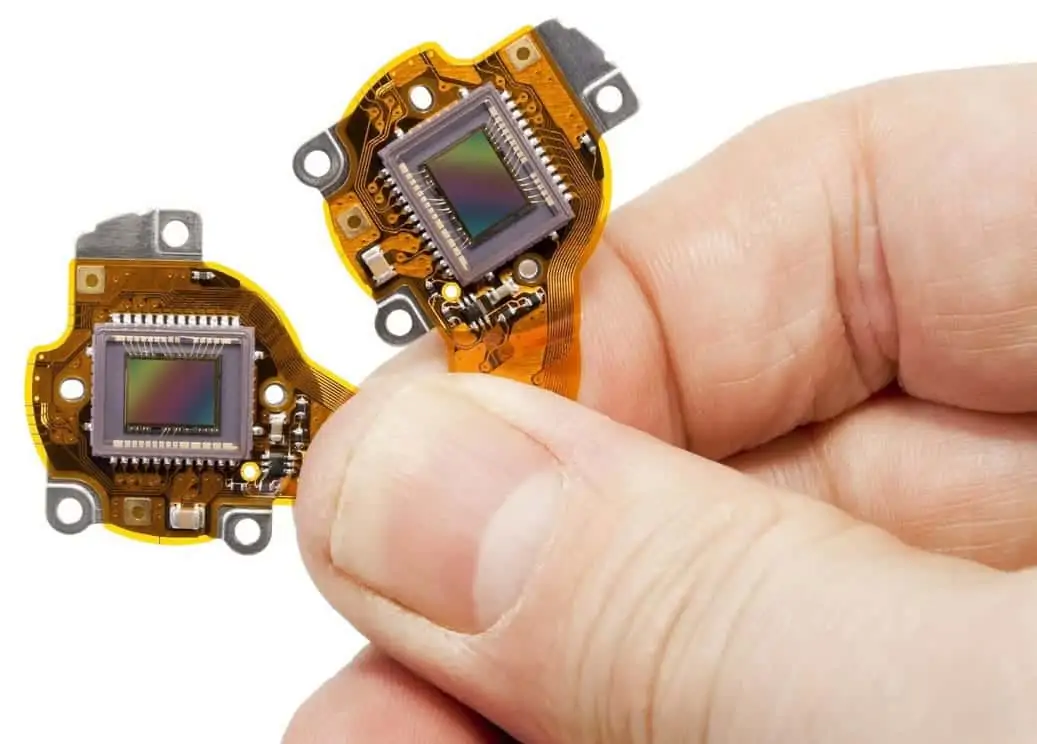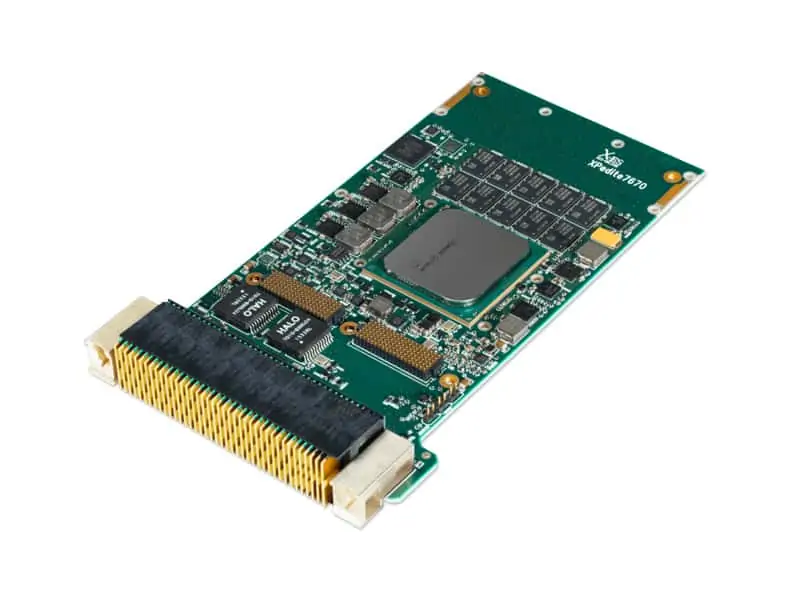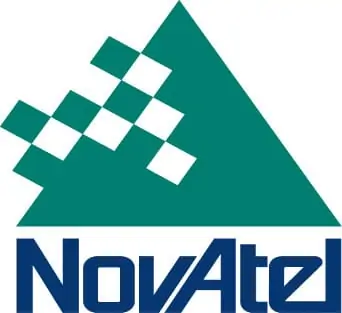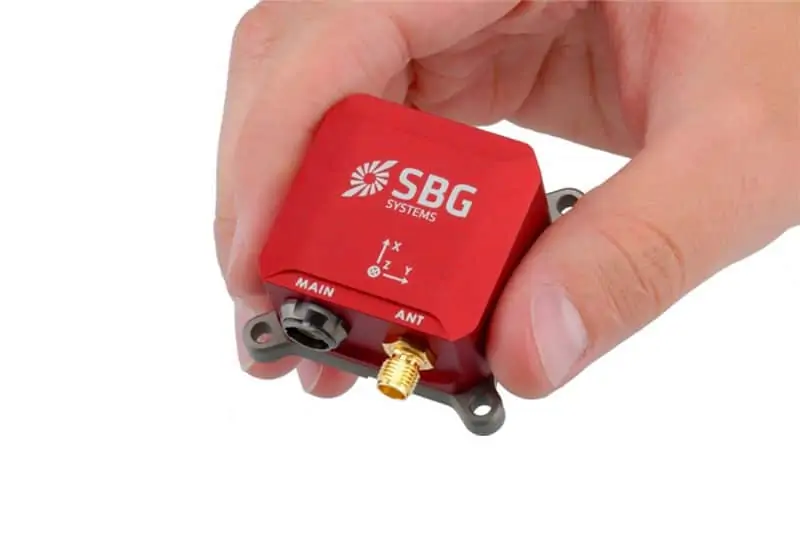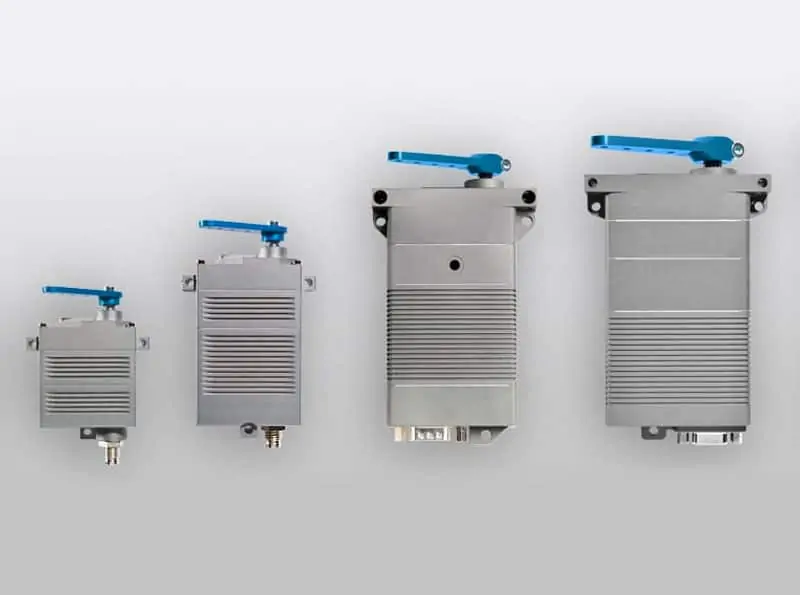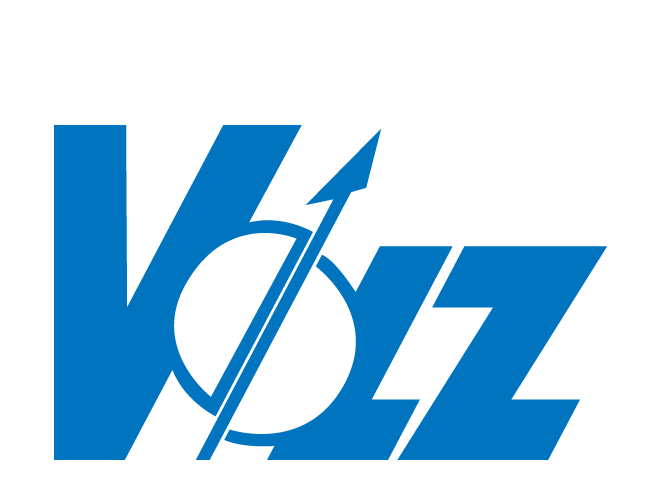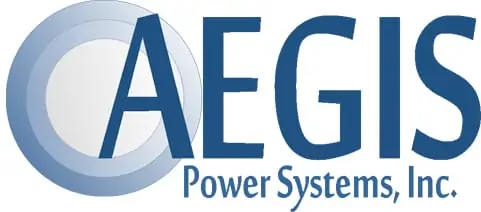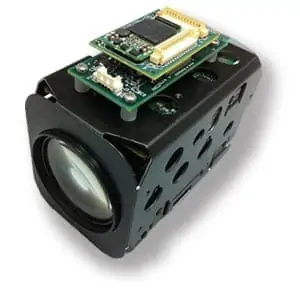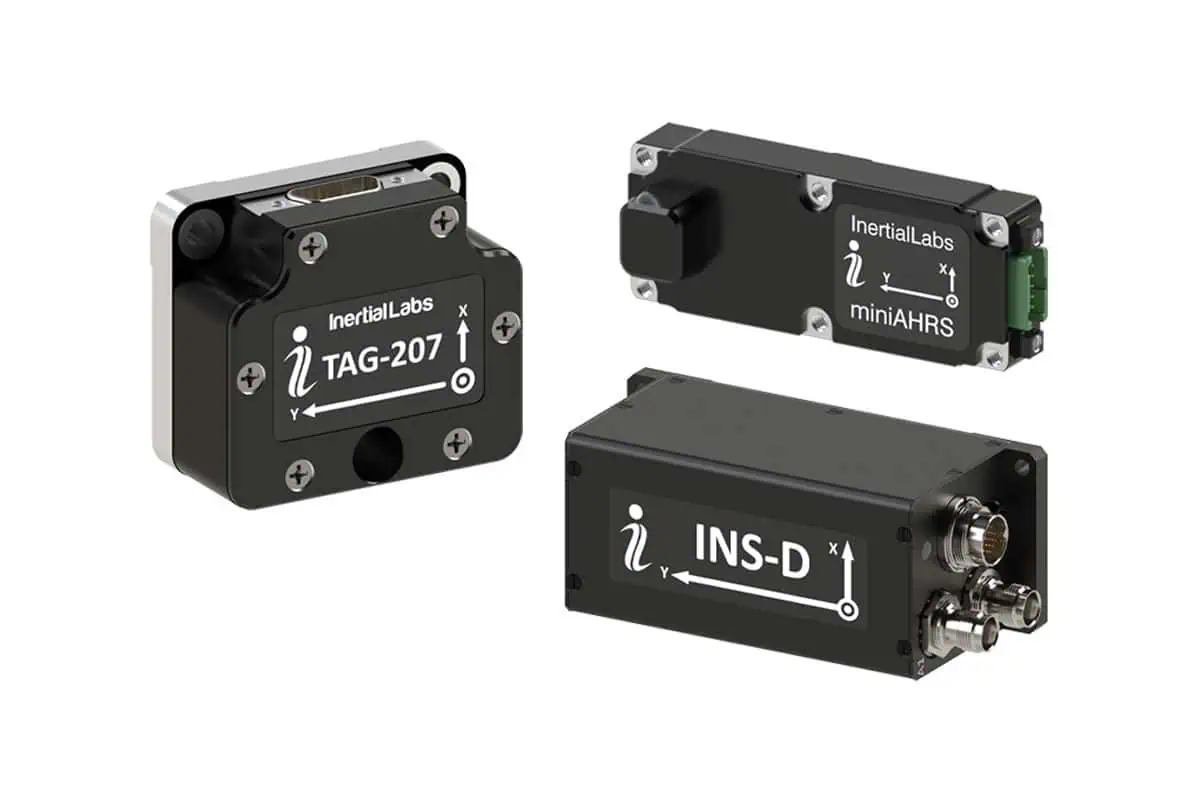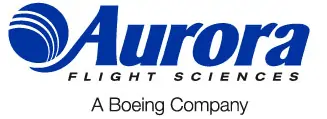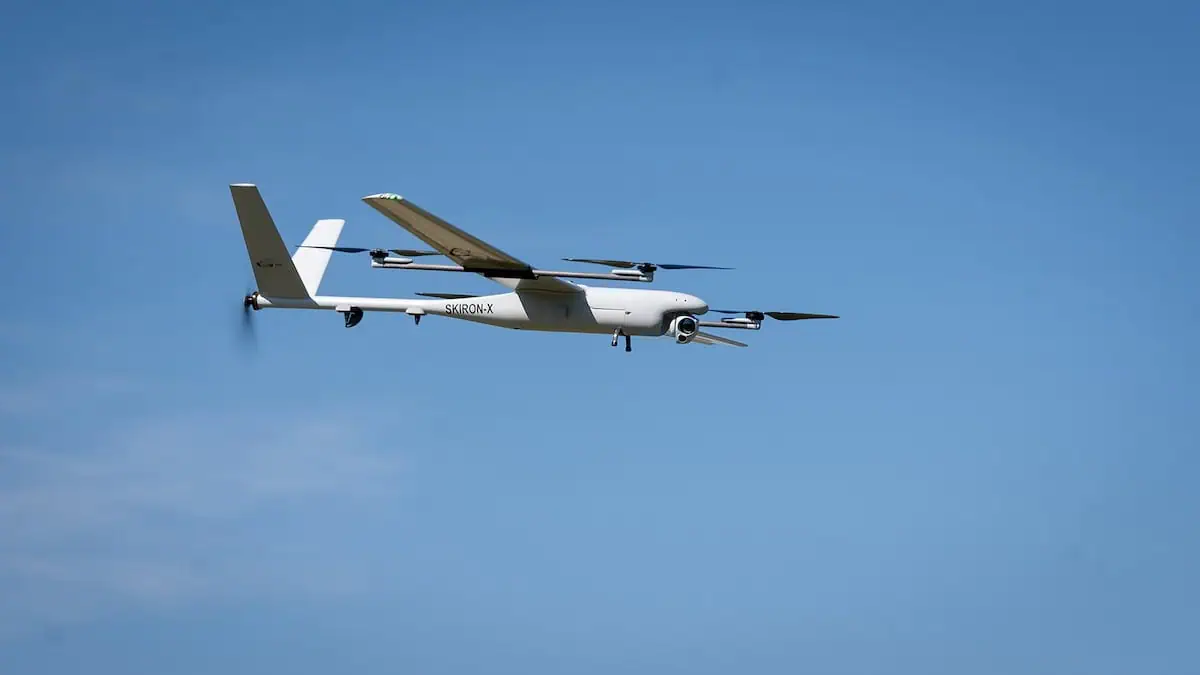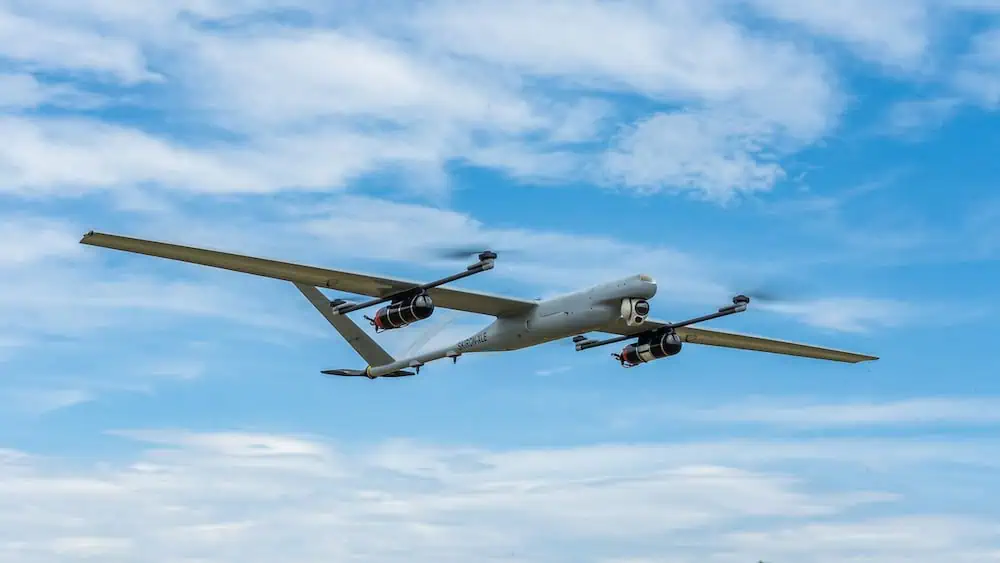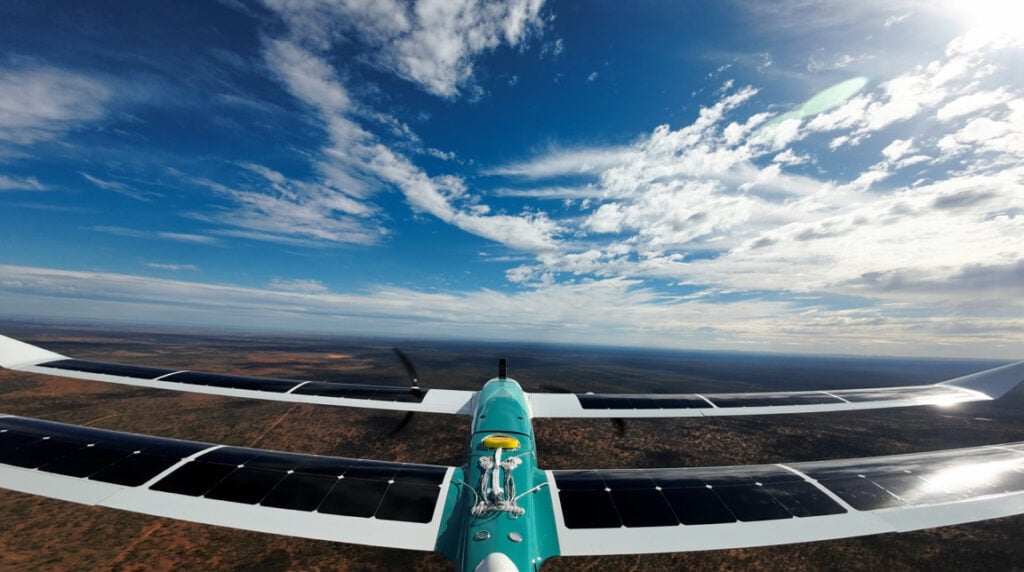
French aerospace companies XSun and H3 Dynamics will develop an unmanned aerial vehicle powered by a combination of solar energy, hydrogen fuel cells, and battery storage, in what’s expected to be a world first.
This tri-source electric propulsion system aims to significantly extend flight endurance for larger UAVs across a variety of mission profiles.
The collaboration leverages each company’s technological strengths to create an intelligent power architecture that dynamically manages energy from multiple sources. Ultra-thin solar photovoltaic cells integrated directly into the UAV’s wing surfaces harvest solar energy during daylight operations.
Lightweight battery packs are used to provide peak power during takeoff and high-demand flight segments, while a compact hydrogen fuel cell system delivers efficient cruise power. Together, these energy sources are coordinated by an advanced onboard microgrid system that ensures optimal energy distribution and performance throughout the mission.
This hybrid-electric solution is being designed to support heavier UAV configurations including VTOL, STOL, and HTOL platforms, enabling high-endurance operations at lower altitudes where traditional solar aircraft face performance limitations.
Taras Wankewycz, CEO H3 Dynamics, said, “Harnessing solar power on the aircraft can add new fuel efficiencies to a hybrid electric fuel cell system, leading to increased flight durations while saving space and weight. We are thrilled to work with XSun to boost its product innovation and performance upgrades.”
Benjamin DAVID, CEO XSun, added, “Hydrogen is the perfect complementary energy source of solar and batteries. Working on hybrid system is completely in line with our ICARE program (ANR), with the objective to take the best of all three world, depending on the platform, the mission phase, the payload, the weather, etc.. It offers performance, silence, zero CO2 and ground autonomy. H3 Dynamics is the perfect partner to offer to the market the most advanced end-to-end system (logistics, transport, security) from ground operations to the flying platform.”
XSun, known for its SolarXOne platform, launched its first-generation fixed wing solar UAV in 2020. The aircraft features a distinctive dual-wing design and weighs 29 kilograms, carrying a payload of up to 4 kilograms. Powered by solar panels generating up to 400 watts, SolarXOne can achieve ultra-quiet electric flight with endurance of up to 12 hours and a range of 600 kilometers.
H3 Dynamics has spent over 15 years developing hydrogen-electric propulsion systems for aerospace and defense applications, ranging from small UAVs to full-scale aircraft. The company produces both air-cooled miniature systems and larger liquid-cooled fuel cell units, achieving world-leading benchmarks in power-to-weight ratio and fuel efficiency. H3 Dynamics recently established a global hydrogen technology manufacturing hub in Toulouse, France, located at the heart of one of the world’s most advanced aerospace ecosystems.
As part of its next-generation product roadmap, XSun will offer an integrated ecosystem to clients in Europe, the United States, Australia, and the Gulf region. This includes a complete solar-hydrogen UAV solution along with a mobile hydrogen production and refueling system developed by H3 Dynamics. Known as H2-Field, this deployable refueling unit enables onsite hydrogen generation and replenishment for fuel cell-powered UAVs. The system is currently undergoing field testing with the U.S. Army.
This collaboration between XSun and H3 Dynamics is said to represent a major step forward in the evolution of zero-emission, high-endurance unmanned flight and paves the way for sustainable operations across a wide range of civil and defense applications.

